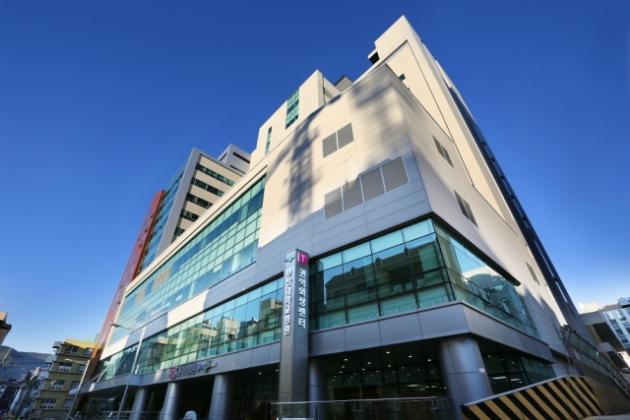Top 10 Medical News ③

Lee Cook-jong, head of the trauma center of Ajou University Hospital, has once again drawn the public attention to Korea’s trauma centers. His efforts to save a multiple gunshot-wounded North Korean soldier, who defected to the South in a dangerous dash across the Joint Security Area, worked as a catalyst to draw the public’s attention to trauma centers. Lee talked about the dismal reality of local trauma centers during a media briefing on the North Korean defector’s health status on Nov. 22.
Local trauma centers are always understaffed, making medical staffs carve out even sleeping hours to treat critical patients. A worse story was that even if they treat critical trauma patients, their budgets have been cut because reimbursements for trauma centers were making losses. Every time Lee had an opportunity, he has repeatedly emphasized the problems of trauma centers through the media. According to Lee, trauma centers make 2.52 million won ($2,330) per critical trauma patient.
Lee also played a critical role in establishing local trauma centers. When Lee first became famous in 2011 after saving the life of a ship captain who had been shot by Somali pirates in the Gulf of Aden, he called for the government’s support for trauma centers. Lee’s appeals moved the public opinion and led the National Assembly to pass the so-called “Lee Cook-jong Act,” or a revised Emergency Medical Service Act, in May 2012. Across the country, 17 regional trauma centers have begun operation.
About five years have since passed, but Korea is left with the same problem, seen through the eyes of Lee. Trauma centers still suffer from the shortage of medical staffs and chronic losses. This time again, Lee moved the public opinion. After more than 230,000 people signed the online petition with Cheong Wa Dae for more support for trauma centers, the government said it would come up with concrete plans. The National Assembly on Dec. 5 confirmed the government budget for trauma centers at 60.1 billion won, more than the administration’s plan of 40 billion won.
Observers said this is the time to re-establish the medical service system at trauma centers, as they are under the hot spotlight. “A larger budget does not mean we can solve everything. It is more important to think about how to use them,” Lee said.

